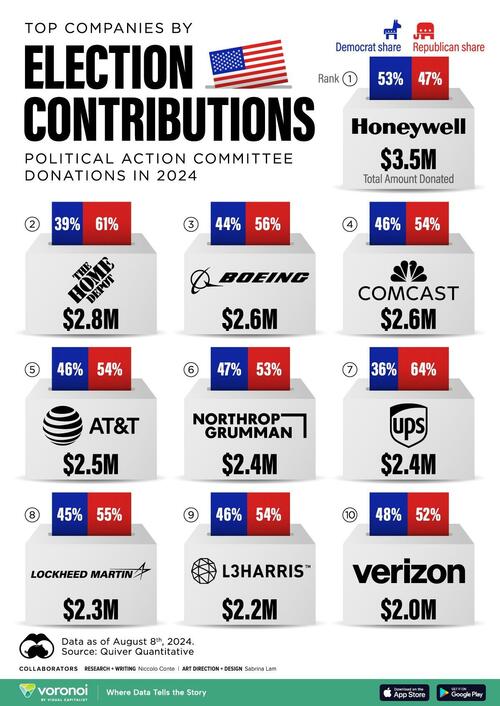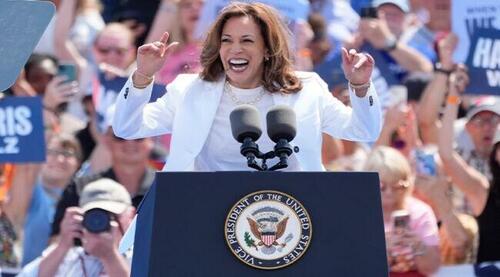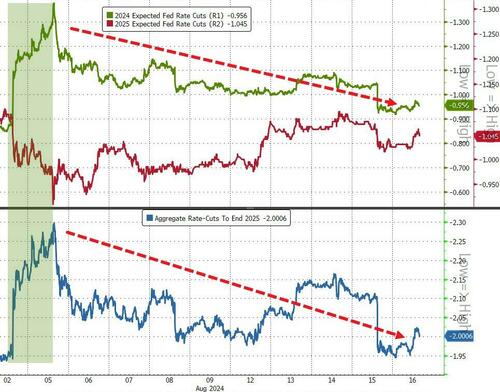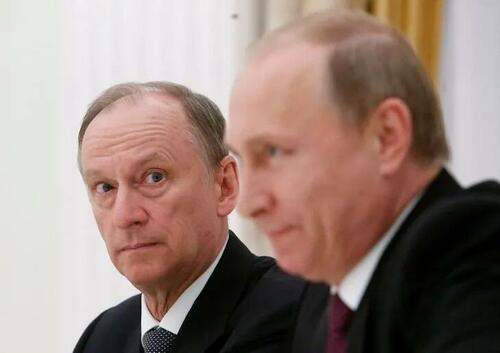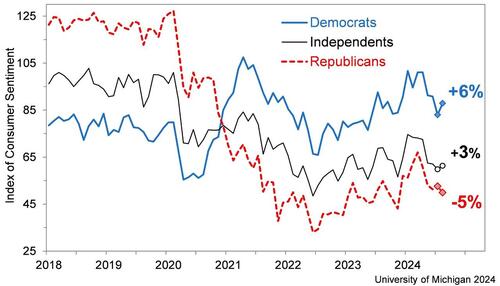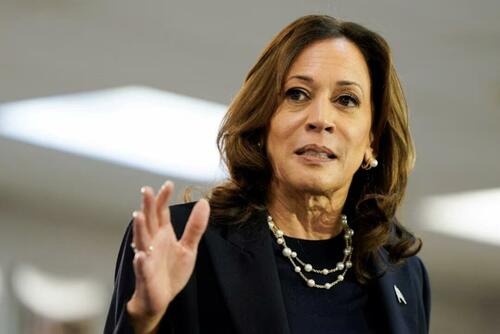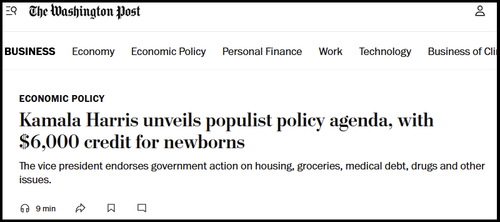CNN Loses Another Motion In Defamation Case As Court Orders Tapper To Appear
We previously discussed the defamation lawsuit against CNN and the curious effort to use Taliban law to dismiss the lawsuit by Navy veteran Zachary Young. The litigation has not been going well for the network and it just lost another key motion to block an effort to depose Jake Tapper. Worse yet, the court appears to have questioned the veracity of the host in a sworn deposition on his lack of knowledge over the financial subject matter of the deposition.
CNN recently lost a recent major ruling when the court found that there was evidence of malice by CNN to support the higher standard needed for defamation. The evidence in the case is remarkably bad for the network after discovery of internal memoranda and emails.
The report at the heart of the case aired on a Nov. 11, 2021, segment on CNN’s “The Lead with Jake Tapper” and was shared on social media and (a different version) on CNN’s website. In the segment, Tapper tells his audience ominously how CNN correspondent Alex Marquardt discovered “Afghans trying to get out of the country face a black market full of promises, demands of exorbitant fees, and no guarantee of safety or success.”
Marquardt piled on in the segment, claiming that “desperate Afghans are being exploited” and need to pay “exorbitant, often impossible amounts” to flee the country. He then named Young and his company as the example of that startling claim.
The damages in the case could be massive but Young had to satisfy the higher New York Times v. Sullivan standard of “actual malice” with a showing of knowing falsehood or a reckless disregard of the truth. Judge Roberts found that “Young sufficiently proffered evidence of actual malice, express malice, and a level of conduct outrageous enough to open the door for him to seek punitive damages.”
The evidence included messages from Marquardt that he wanted to “nail this Zachary Young mfucker” and thought the story would be Young’s “funeral.” After promising to “nail” Young, CNN editor Matthew Philips responded: “gonna hold you to that cowboy!” Likewise, CNN senior editor Fuzz Hogan described Young as “a shit.”
As is often done by media, CNN allegedly gave Young only two hours to respond before the story ran. It is a typical ploy of the press to claim that they waited for a response while giving the target the smallest possible window.
In this case, Young was able to respond in the short time and Marquardt messaged a colleague, “fucking Young just texted.”
The case now appears to have moved into a second discovery period over CNN’s finances. The plaintiff’s counsel wants to depose Tapper. I can certainly understand Tapper’s counsel in trying to block the deposition on finances. I am not sure how much Tapper would know about the finances, but the court clearly did not take well to his declaration.
NewsBusters previously reported, CNN had filed a motion for a protective order in which CNN counsel Allison Lovelady insisted that the Plaintiff only wanted a deposition so they could use it to “harass CNN and Mr. Tapper.”
However, the court shot down the effort and reportedly stated “I kind of have a hard time believing what Mr. Tapper put in that declaration.” Since that is a sworn declaration made under penalty of perjury, it was a stinging rebuke.
Unlike the earlier depositions, this stage is confined to finances and possible penalties. The defense team clearly believes the deposition is an effort to re-open fact deposition testimony that should be now foreclosed.
There is always a risk to any witness from the added exposure to renewed questioning. However, it is hard to get a protective order on conclusory assurances of no relevant knowledge. The court clearly believes that Tapper could have some relevant information since he holds one of the most lucrative contracts at CNN and is familiar with the corporate finances in relation to his show.
Tapper’s counsel also attempted other “Hail Mary” motions seeking to delay any deposition until rulings on other cases dealing with punitive damages. CNN lost a critical motion in seeking to bar punitive damages. That is, of course, the big ticket item for the network in this type of case. To limit Young to compensatory damages would make any damages manageable for the company, even if a verdict would damage its reputation.
In one tense exchange, the counsel argued over a motion to force Young to appear personally for settlement discussions. His counsel explained that it was difficult for him because of an injury he sustained while in the Navy, which made it difficult to sit for long periods. CNN’s lead counsel Deanna K. Shullman shot back “So do I, your Honor!” “I have to leave the State of Florida to get to Bay County. CNN has to travel from the state of Georgia.”
CNN prevailed on that and one other motion on an extension of time. CNN is trying to delay the January trial date but Young’s counsel has indicated that it wants to stick with that date and has little interest in settlement.
Tapper, however, will now have to appear on the financial questions in the ongoing litigation.
Tyler Durden
Fri, 08/16/2024 – 13:00
via ZeroHedge News https://ift.tt/5WgjnUb Tyler Durden

